Apple has fueled the Apple AR Glasses rumour mill again by purchasing Denver-based AR lens start-up company Akonia Holographics. Akonia is currently sitting on a very light ultra-clear, ultra-thin, full-colour head-worn display. Akonia had become very quiet in the last six months suggesting the deal may have happened earlier this year.
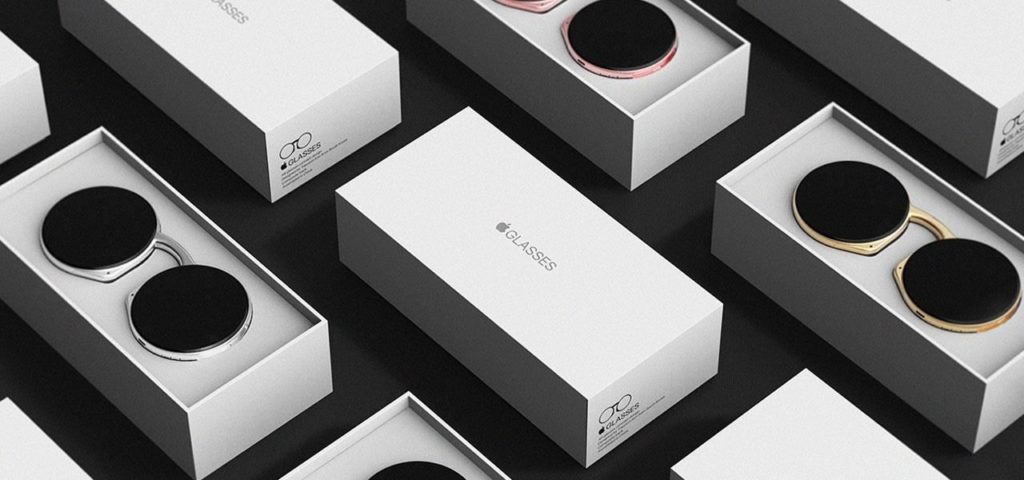
In a statement to Reuters, an Apple spokesperson stated: “Apple buys smaller companies from time to time, and we generally don’t discuss our purpose or plans”. Yet Apple has been vocal on the potential it sees in AR. Apple’s new development platform, ARKit, was launched earlier this year and is already built into iOS 11.
Apple CEO Tim Cook was quoted in 2016 as saying “We have been and continue to invest a lot in this. We are high on AR for the long run, we think there’s great things for customers and a great commercial opportunity.”
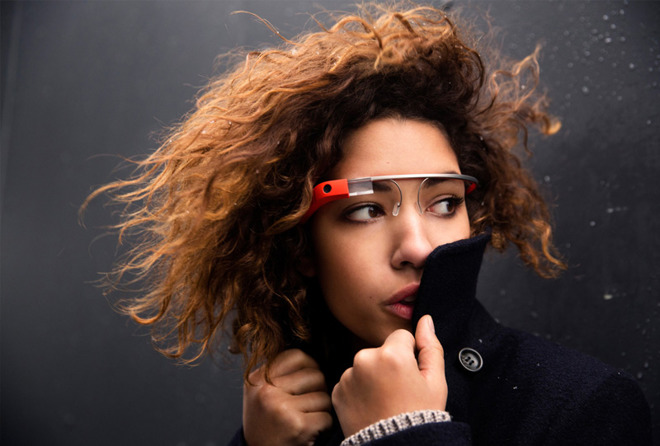
When would we see Apple AR Glasses?
Apple’s AR Glasses, or “Project Mirrorshades”, are still in the early stages of development. Apple has time to come up with a more iconic release name, as they may not see the light of day until 2020. Although Bloomberg has speculated it could be as soon as 2019 but shipping in 2020. Apple is known for waiting for technology hype-trains to pass (see our story on Magic Leap) before stunning the market with its own take on the technology. MP3 players were nothing new when iPod hit the scene, and the first smartphone certainly wasn’t an iPhone. But both became a technology phenomenon.
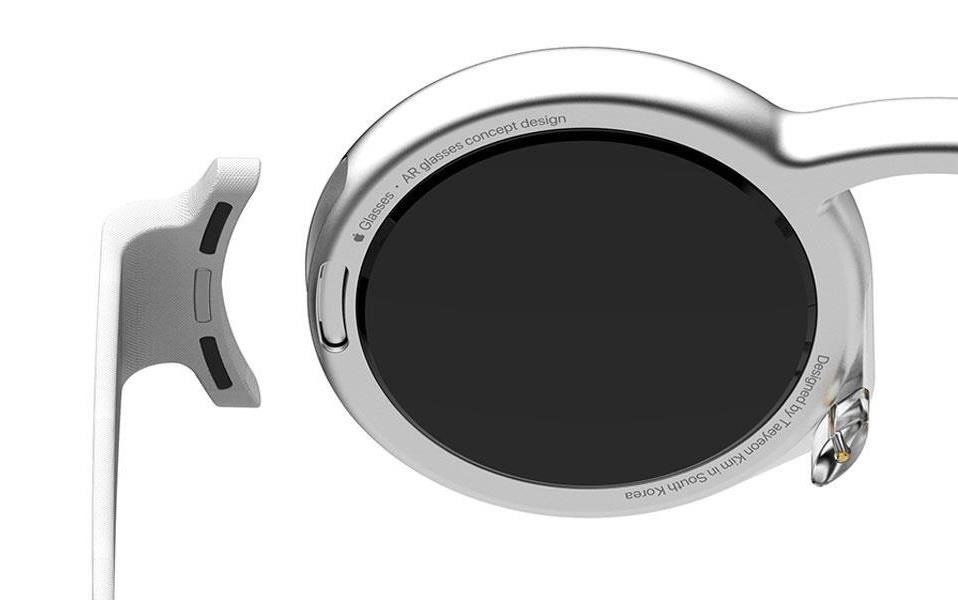
So how would Apple AR Glasses work?
With the acquisition of Akonia Holographics and previous patents, we believe Apple may be looking to produce frameless high field of view lens. There is no doubt any field of view close to natural human vision (see the 210º FOV StarVR), would eliminate competitors. Hololens and Magic Leap suffering from FOV issues with 40º and 50º respectively.
Each lens is reportedly running an 8k display per eye, for a total resolution of 16k. If this is true, the marketing gurus at Apple will be planning a campaign around crystal clarity, similar to the Retina screen revolution.
Rumours stated that at least one prototype used a touch-sensitive strip on the arm to answer calls and control volume. Menu navigation through gestures. Other control methods include microphones, keyboards and touchpads, suggesting Apple is still exploring options. These may also be an integration consideration with other products such as MacBook and iPhones.
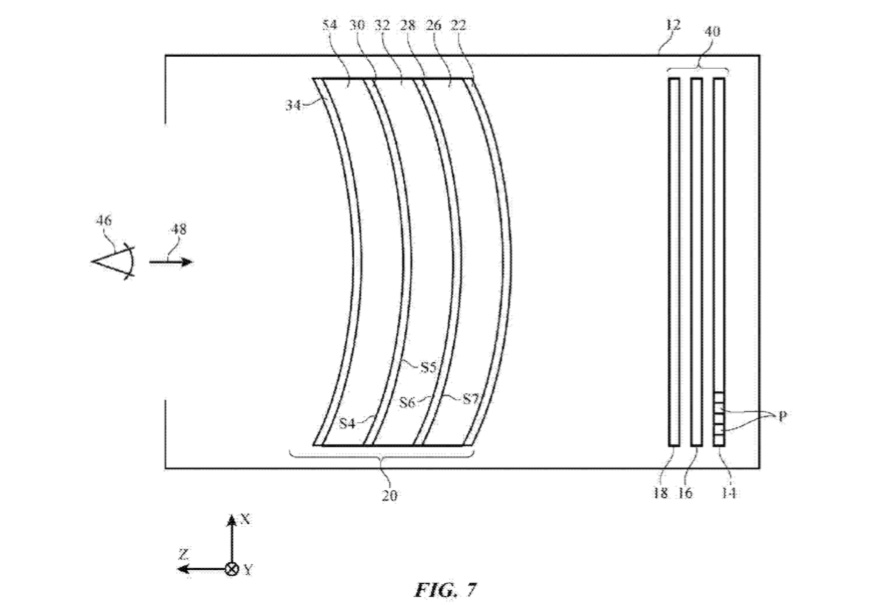
According to the Apple patent it would use multiple lenses arranged in what is known as the “catadioptric optical system”, or in lay-mans terms, lenses similar to a telescope. This would drastically reduce the size required compared to current headsets. This approach keeps light focused even at the edge of your vision – resolving the “chromatic aberration” issues of other devices.
The patent also mentions a few other interesting things such as gaze-tracking. As well as inside-out head tracking which means no need for external sensors.
Apple will most certainly time the release of any Apple Glasses product with care. We will keep an eye on developments, rumours and patents as they come to hand. Stay tuned.

Mike heads our creative team with 20+ years of cross-media design agency experience. Mike also brings a wealth of developer experience – being our resident coder with a number of apps to his name.

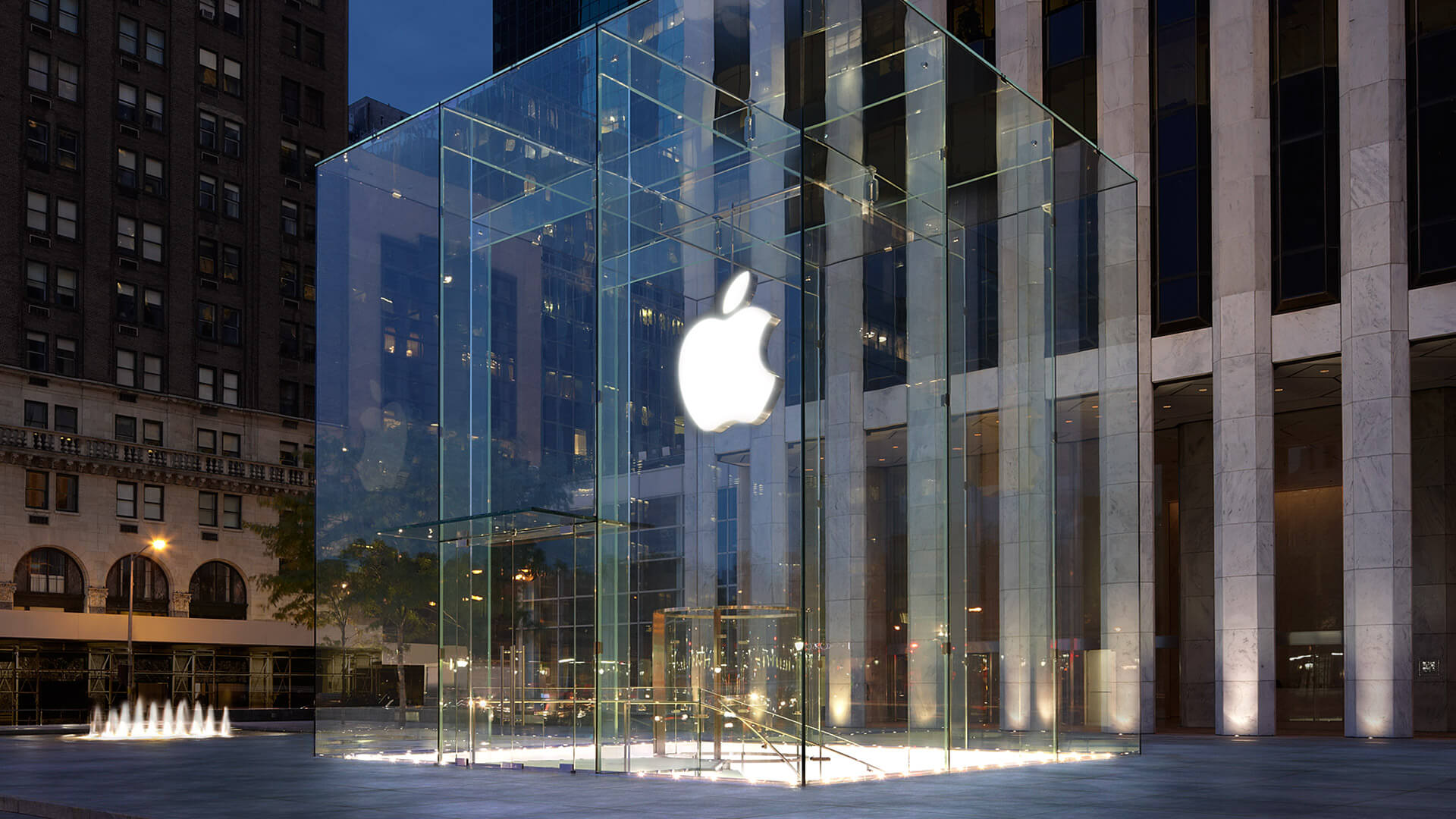
My concept-design points for Apple company, maybe you will be interested.
http://www.oll-bishop.net.ua/en/portfolio/madework/apple_ar_glasses/
https://www.behance.net/gallery/63480809/Apple-AR-Glasses
Thanks for sharing your work Oleh, looks great.